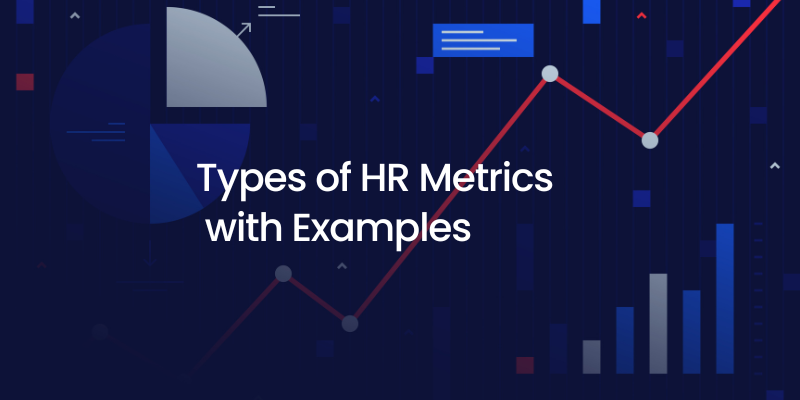eNPS (Employee Net Promoter Score) Meaning, Formula & Calculation
Employer Net Promoter Score is an employee engagement metric that is used to evaluate employee satisfaction and loyalty within the organization. It helps to analyze how employees perceive their workplace experience. In this context, promoters refer to the employees who are highly satisfied and happy with their company. It is these promoters who will recommend their organization as a good place to work.
Moreover, employee Net Promoter Score (eNPS) is important to measure employee satisfaction and loyalty. It also helps encourage a feedback driven culture and identifies areas for improvement. Further, a low eNPS survey score may suggest high turnover risk. By tracking these scores, employers can address those concerns and improve retention.
Employee Net Promoter Score (eNPS) Calculation and Formula
Employee net promoter score is calculated based on employees’ responses on a scale of 0-10 divided into three categories:
Promoters: employees who give a score of 9-10, meaning they are happy and satisfied with your company.
Passive or Neutral: Employees who gave a score of 7 or 8. This means they will either promote the company or will not say anything bad about it.
Detractors: employees who gave scores ranging from 0-6, which means they are not happy and dissatisfied with the company.
Then, check the number of employees in each of these categories and their share of the total.
The formula for calculating Employee Net Promoter Score is:
Liked what you read? Let’s take it to the next level!
Frequently Asked Questions
Q1. | What is Employee Net Promoter Score (eNPS)? |
| Ans. | Employer Net Promoter Score is a way of measuring employee satisfaction and employee loyalty score. This is done to understand how they feel about your organization. |
Q2. | How often should companies measure eNPS? |
| Ans. | There is no such hard rule on how often the companies should measure eNPS. These can be done annually, bi-annually, every quarter, or after significant company milestones to measure how decisions impact employee workforce engagement. |
Q3. | What is the difference between eNPS and NPS? |
| Ans. | The audience is the main difference between eNPS and NPS. Those customers who have used the products or services of a company are the target audience in NPS. Whereas employees of an organization are targeted to measure their workplace satisfaction and loyalty. |
Q4. | What are the key benefits of eNPS? |
| Ans. | The key benefits of eNPS are regular monitoring of employee sentiment analysis, better focus on improvement areas, and comparison of the organization with other competitors. Coupled with this, the straightforward nature of collecting data allows for quick implementation across the organization. |
Q5. | How can companies improve their eNPS score? |
| Ans. | Companies can improve their eNPS score by responding to everyone’s feedback within the company. Notably, giving promoters attention and communicating with the detractors can also help improve the score. You also need to continuously track the score to keep making improvements. |
Q6. | Can eNPS results be anonymous? |
| Ans. | The employee satisfaction survey or eNPS are usually anonymous. Further, these are supposed to be more accurate if they are done anonymously. Also, this helps in fostering openness and encouraging honest employee feedback. |
Q7. | What does a negative eNPS score mean? |
| Ans. | A negative eNPS score means that your organization has more detractors than promoters. Simply, this means that employees are not happy with your organization. |
Q8. | How can organizations use eNPS for recruitment? |
| Ans. | Organizations can use eNPS for recruitment by showcasing high scores. This will highlight employee satisfaction which will lead to attracting a wider pool of talent who value a positive work culture. |
Resources
Explore how HR trends 2026 are shaping workplaces and employee experiences.
Learn how quiet hiring shapes the future of recruitment and workforce growth.
Learn why HR metrics are key to better engagement and smarter decisions.





